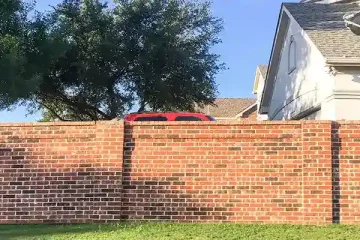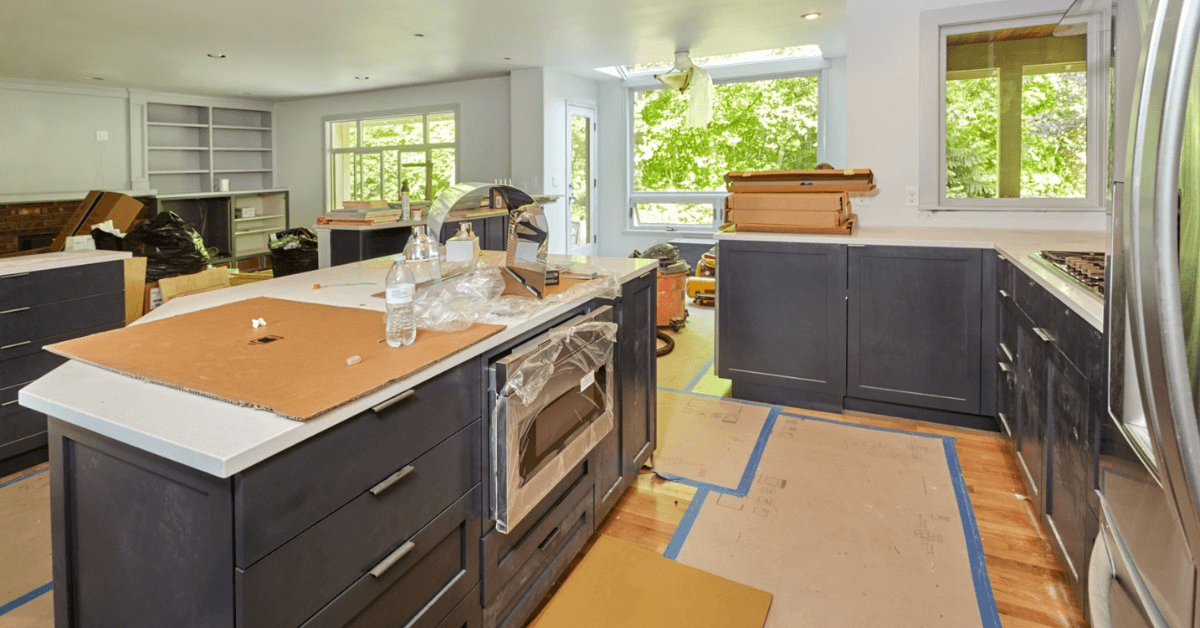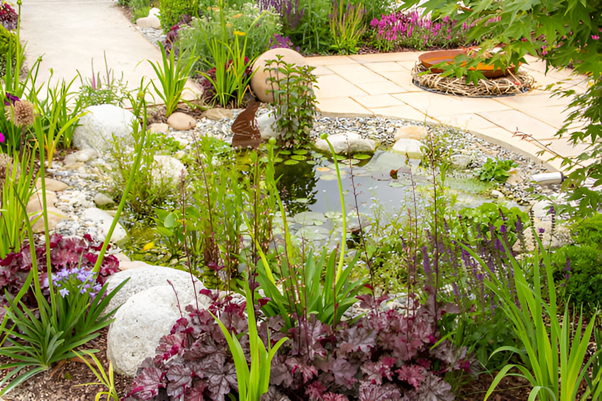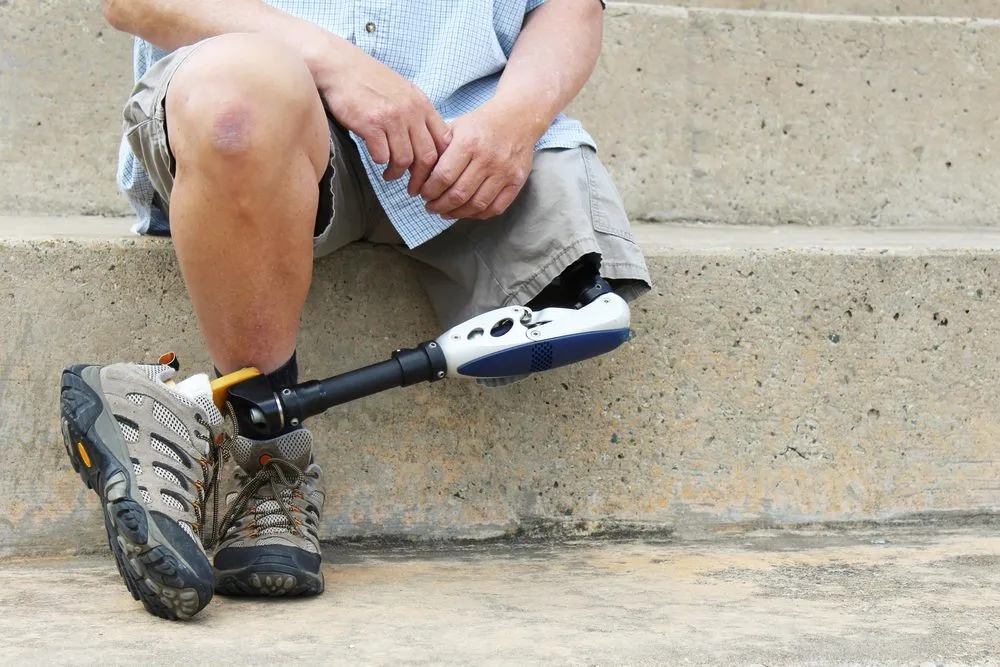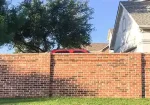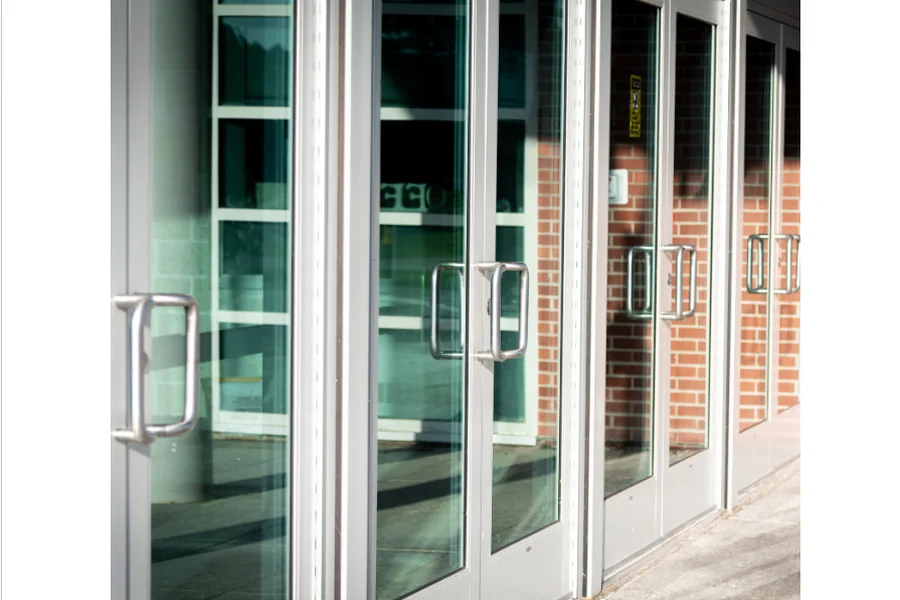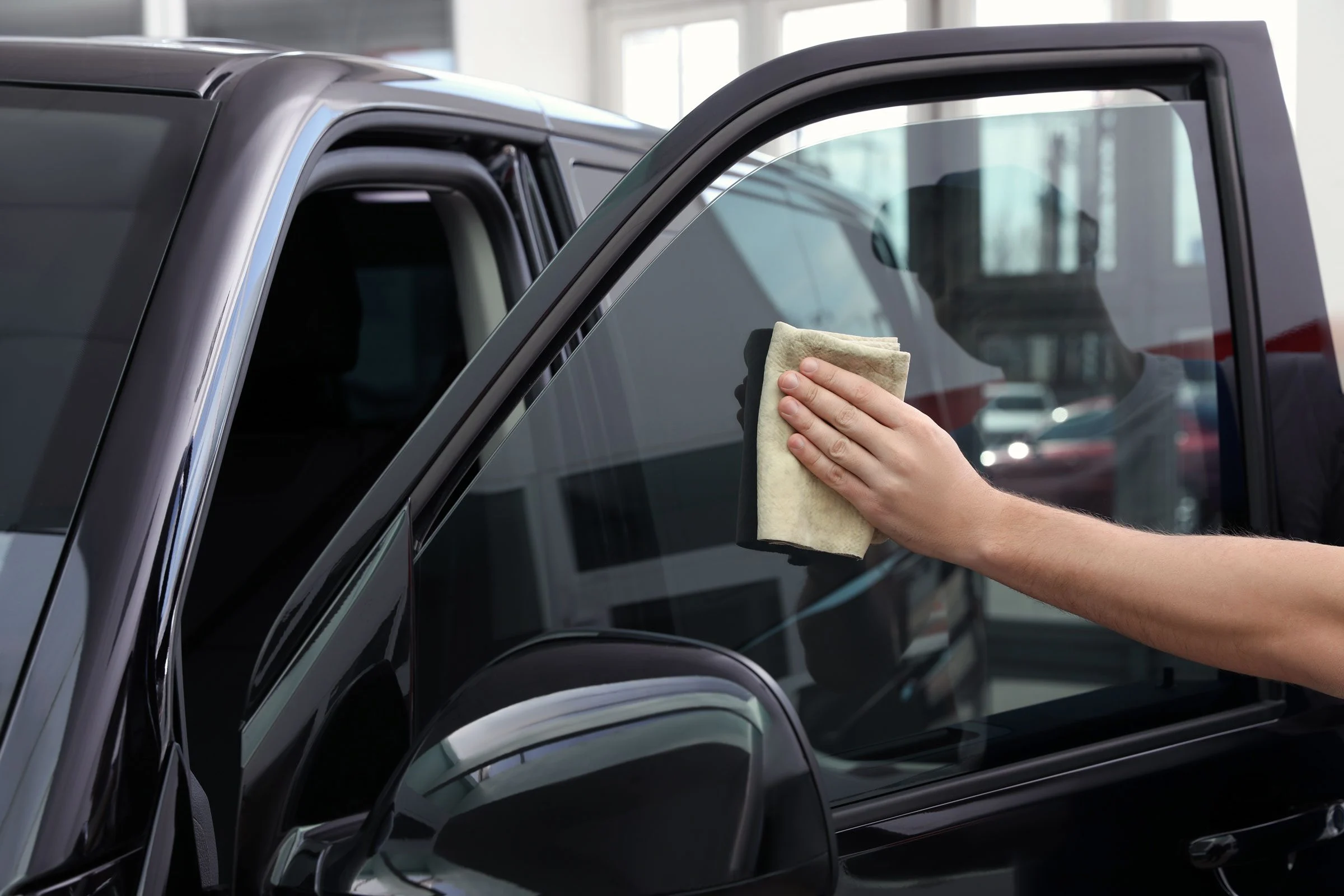Tornado Safe Rooms: Ensuring Your Family’s Safety
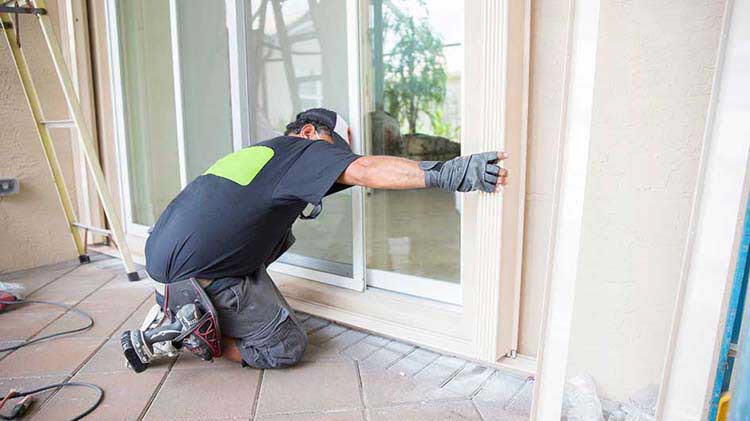
Key Takeaways:
- Tornadoes are destructive natural disasters and having a plan and safe room is crucial.
- Tornado safe rooms provide protection from strong winds and flying debris.
- Types of safe rooms include underground shelters, safe rooms within the home, and community safe rooms.
- Consider location, reinforced walls and roof, secure door, ventilation, communication, and emergency supplies when designing a safe room.
- You can choose between DIY construction or hiring a professional contractor for safe room installation.
- Ensure your safe room meets building codes and standards.
- Maintain and inspect your safe room regularly for optimal performance.
- Consider upgrades to improve the safety and durability of your safe room.
What are Tornado Safe Rooms and Why Do You Need One?
Why Tornadoes Are a Serious Threat
Tornadoes are one of the most destructive natural disasters, capable of causing immense damage within minutes. These violent storms can produce winds exceeding 200 miles per hour and create a path of destruction that spans for miles. In addition to the powerful winds, tornadoes often generate flying debris, which can cause severe injuries or even death. The unpredictable nature of tornadoes makes it crucial for individuals and families to have a plan in place to protect themselves.
Understanding the Purpose and Benefits of Tornado Safe Rooms
A tornado safe room, also referred to as a storm shelter, is specifically designed to withstand tornado forces. Tornado safe rooms for sale come in various forms and sizes, each tailored to fit different needs. They protect families from the dangerous winds and debris that tornadoes create, ultimately saving lives. With a safe room in your home, you’ll have peace of mind knowing that your family has a designated space to ride out any storm safely.
One of the key benefits of having a tornado safe room is the peace of mind it brings. With a safe room in your home, you can have confidence knowing that you and your family have a designated space where you can seek shelter during a tornado. It offers a sense of security and acts as a safeguard against the unpredictable nature of tornadoes.
Exploring Different Types of Safe Rooms and Their Features
Tornado safe rooms come in various types, each offering different features to cater to individual needs and preferences. The most common types of tornado safe rooms include:
- Underground shelters: These safe rooms are typically built underground and provide excellent protection from high winds and debris. They can be installed in a basement or as a standalone structure in your yard.
- Safe rooms within the home: These safe rooms are built on ground level, using reinforced materials and construction techniques to withstand tornado forces. They can be located in a dedicated room, such as a bathroom or closet, or they can be incorporated into the design of a new home.
- Community safe rooms: These large-scale safe rooms are often located in public buildings, such as schools or community centers, and are designed to accommodate a large number of people during a tornado event. They provide shelter for individuals who do not have access to a personal safe room.
When choosing a safe room, consider factors such as available space, budget, and ease of access. It’s essential to select a safe room that meets recognized standards for tornado resistance, such as FEMA’s guidelines.
Designing Your Tornado Safe Room: Tips and Considerations
Choosing the Right Location for Your Safe Room
The location of your tornado safe room is a critical factor in ensuring its effectiveness. Ideally, the safe room should be easily accessible to all members of the household, especially during a time-sensitive tornado event. If you’re incorporating a safe room into a new home design, consult with an architect or engineer to determine the most optimal location.
If you’re retrofitting an existing home, consider transforming an interior room, such as a bathroom or walk-in closet, into a safe room. These rooms are typically located in the central part of the house, away from windows and exterior walls.
Essential Features to Include in Your Safe Room Design
When designing your tornado safe room, there are several essential features that you should consider:
- Reinforced walls and roof: The walls and roof of the safe room should be constructed with materials that can withstand the impact of debris and high winds. Reinforced concrete or steel are commonly used for this purpose.
- Secure door: The door of the safe room should be made of strong materials and equipped with multiple locking mechanisms to ensure it remains closed during the storm.
- Proper ventilation: Adequate ventilation is essential to prevent the buildup of carbon dioxide and reduce the risk of suffocation. Install vents or other ventilation systems that can be closed during the storm to protect against flying debris.
- Emergency communication: Include a method of communication inside the safe room, such as a cell phone or radio, to stay informed about the storm’s progress and receive emergency alerts.
- Emergency supplies and first aid: Stock your safe room with essential supplies, including non-perishable food, water, a first aid kit, blankets, and flashlights.
Customize your safe room design based on your family’s needs and preferences, ensuring it provides a comfortable and secure space during a tornado.
Maximizing Comfort and Functionality in Your Safe Room
While safety is the primary goal of a tornado safe room, it’s also important to consider comfort and functionality. The space should be large enough to accommodate all household members and provide space for essential items. Additionally, consider adding seating options, such as benches or foldable chairs, to enhance comfort during a prolonged wait in the safe room.
It’s also a good idea to install emergency lighting in your safe room. This can be in the form of battery-powered lights or a backup generator to ensure visibility during a power outage.
Building a Tornado Safe Room: DIY or Professional Installation?
Weighing the Pros and Cons of DIY Safe Room Construction
Building a tornado safe room yourself can be a cost-effective option for some individuals. It allows you to have control over the design and construction process, ensuring it meets your specific requirements. However, it’s crucial to carefully assess your skills, knowledge, and resources before undertaking a DIY safe room project.
If you choose to build a safe room yourself, make sure to follow FEMA guidelines and consult with professionals for guidance. It’s essential to have a thorough understanding of construction techniques, materials, and safety standards to ensure the safe room is structurally sound and provides adequate protection during a tornado.
Hiring a Professional Contractor for Safe Room Installation
For those who are less experienced in construction or prefer to leave it to the experts, hiring a professional contractor is an excellent option. An experienced contractor can ensure that the safe room is built to code and meets all safety requirements. They have the expertise to design and construct a safe room that provides optimal protection during a tornado.
When selecting a contractor, look for one with experience in tornado safe room construction and check their credentials and references. Be sure to communicate your specific needs and expectations clearly to ensure a successful installation.
Ensuring Your Safe Room Meets Building Codes and Standards
Whether you choose a DIY approach or hire a professional contractor, it’s crucial to ensure that your tornado safe room meets all local building codes and safety standards. These codes and standards are in place to ensure the structural integrity and safety of the safe room.
Before starting construction, check with your local building department to determine the specific requirements for tornado safe rooms in your area. They can provide guidance on necessary permits and inspections to ensure compliance with building codes.
Maintaining and Inspecting Your Tornado Safe Room: Ensuring Peak Performance
Regular Maintenance Tasks to Keep Your Safe Room in Top Shape
Regular maintenance is essential to ensure your tornado safe room remains in optimal condition and continues to provide reliable protection. Some maintenance tasks to consider include:
- Inspecting the walls and roof for any signs of damage or wear, such as cracks or leaks.
- Cleaning and clearing debris from vents or other ventilation systems.
- Checking the door and locking mechanisms to ensure they are functioning properly.
- Replacing emergency supplies and checking expiration dates.
By performing these routine maintenance tasks, you can identify and address any potential issues before they become major problems.
How to Inspect Your Safe Room for Any Potential Issues
In addition to regular maintenance, it’s important to periodically inspect your tornado safe room for any potential issues. Conducting inspections can help identify hidden problems that may affect the performance of the safe room during a tornado. During your inspection, focus on the following areas:
- Structural integrity: Look for any signs of damage, such as cracked walls, loose bolts, or degraded materials.
- Sealants and weather stripping: Check for signs of wear or damage to ensure the safe room remains tightly sealed.
- Ventilation systems: Inspect vents and ensure they are in good working condition and clear of obstructions.
If you notice any issues during your inspection, address them promptly by contacting a professional for repairs or maintenance.
Updating and Upgrading Your Safe Room for Improved Safety
As technology and building practices evolve, it’s beneficial to periodically update and upgrade your tornado safe room to incorporate new safety features. Stay informed about advancements in tornado safe room design and consider making upgrades to enhance the safety and durability of your existing safe room.
Some possible upgrades include:
- Improved door locking mechanisms for added security.
- Advanced ventilation systems to ensure optimal airflow and prevent the buildup of dangerous gases.
- Reinforced insulation to provide better protection from extreme temperatures.
Consult with professionals in the field to determine the best upgrades for your specific safe room.
By investing in a tornado safe room, designing it thoughtfully, and ensuring proper maintenance, you can significantly increase the safety of your family during a tornado event. The peace of mind that comes with having a secure space to seek shelter is invaluable in the face of nature’s most destructive force.

